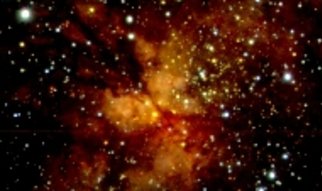Max Planck Institute for Astronomy (MPIA)

The department of Atmospheric Physics of Exoplanets (APEx) was founded in 2020. In coming years the department will grow to encompass observational atmosphere characterization, theoretical modeling, and the development of new instrumentation.
We are in the midst of a revolution in the study of extrasolar planets. Thousands of recent discoveries have revealed that planets are common — most stars host at least one — and they show much greater diversity in size and orbital architecture than is present in the Solar System. This wealth of discovery raises many questions. How does the diversity of planetary systems arise? What are the planets like today, and how have they changed over time? And finally, do any other planets host life?

The primary research goals in the department of
planet and star formation, are a better understanding of the various processes involved in star and planet formation over the broadest possible range of masses and different environmental and initial conditions. The scientific approach to these problems will be focused on high-resolution techniques provided by adaptive optics-assisted observations and interferometry as well as sensitive infrared observations from the ground and space.
Examples of the instrument development at the MPIA for space-based Infrared Observatories are the PACS camera for HERSCHEL and the MIR camera MIRI for the Next Generation Space Telescope (JWST). For ground-based observations, a number of instruments and telescopes have been developed at the MPIA, in particular for the Calar Alto Observatory, ESO VLT, or the LBT.

The main research goal in the department of galaxies and cosmology, is to empirically derive a picture of the evolution of the structural properties of galaxies, and to understand where, when and how the stars in galaxies were built up over cosmic time. These, in turn, are important tests of models of galaxy formation and evolution, guiding their development and refinement. A common thread connecting all topics considered is the requirement that one links the properties of distant galaxy populations in the early Universe with present-day galaxies, using similar data analysis and techniques.

